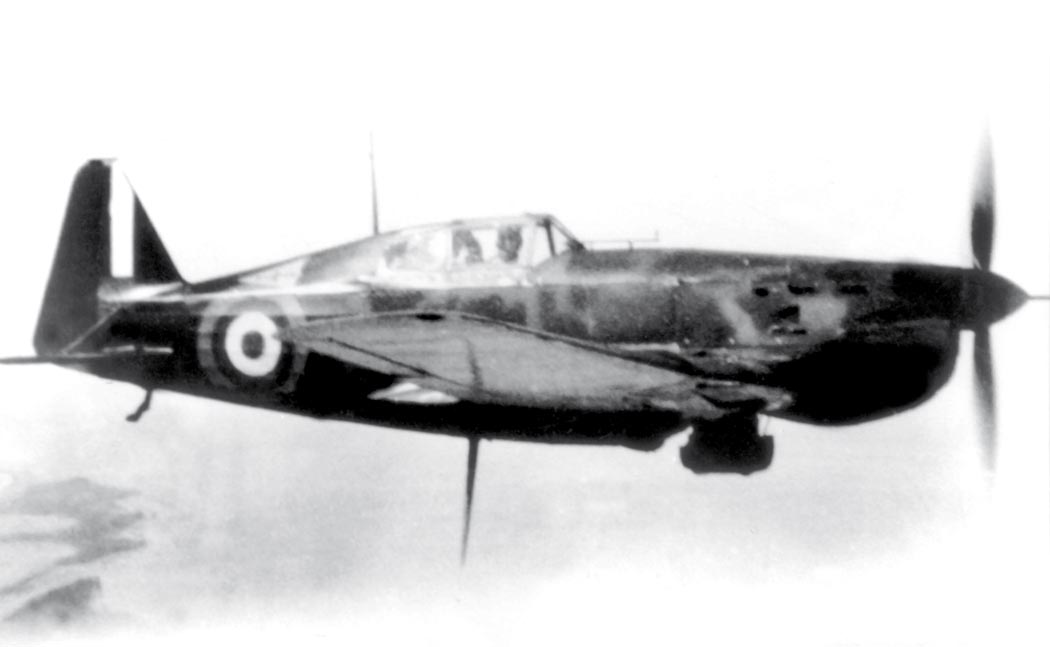Morane-Saulnier M.S.406 In British Service
In late June 1940, Britain sought French assistance to strengthen its defences in Egypt. On 23 June, Groupe de Chasse I/7 dispatched three Morane-Saulnier M.S.406 fighters to El Amira via Ismailia. Two days later, France signed an armistice with Germany, and the pilots were ordered to return to Lebanon. Instead, they chose to remain and continue fighting alongside the Royal Air Force.
By 8 July, the two surviving Moranes, together with two Potez 63.11 aircraft that had also defected, formed the No. 2 French Fighter Flight (FFF). The M.S.406s were repainted with British markings and given serial numbers AX674 and AX675. Although the men were French, they did not enlist in the Free French Air Force. Rather, they were absorbed directly into the RAF, as was the case with many foreign airmen at the time.
Initially, No. 2 FFF became C Flight of No. 80 Squadron, later transferring to No. 274 Squadron in Alexandria by late August 1940. Soon after, the unit relocated to Haifa. There, the flight was joined by Captain Jean Tulasne of GC I/7, who had escaped from Lebanon in his own M.S.406 on 5 December. Tulasne would later gain prominence as the first commanding officer of the famous Escadrille Normandie on the Eastern Front. His career ended tragically when he was killed in action on 17 July 1943.
In late December 1940, all FFF personnel were reassigned to Egypt to convert to Hawker Hurricanes. Their Moranes were retired from combat service and later used for training duties. The final operational M.S.406s in the region served as trainers in Syria between September 1941 and May 1942. When their training role concluded, the French pilots were divided into two groups: Groupe de Chasse No. 1 Alsace, which deployed to Libya, and Escadrille de Chasse No. 3 Normandie, which was sent to the Soviet Union.



